Twenty years ago, if you were a curvy woman and wanted to be a model, you had two choices: give up or get rejected. The runways, magazines, and ads didn’t just ignore plus size bodies-they acted like they didn’t exist. Today, you can open Instagram and see plus size models starring in campaigns for Nordstrom, Savage X Fenty, and Target. What changed? It wasn’t a sudden shift in taste. It was a slow, stubborn rebellion led by women who refused to shrink themselves to fit someone else’s idea of beauty.
The Invisible Majority
In 2005, the average American woman wore a size 14. The fashion industry still designed for size 6. That disconnect wasn’t an accident. Brands claimed they were ‘targeting the elite,’ but what they really meant was ‘targeting thin.’ Plus size models existed, but they were pushed to the edges-used only in ‘special’ catalogs, tucked into the back of magazines, or shown in photos where the focus was on the clothes, not the woman wearing them.Then came Ashley Graham. Not because she was the first plus size model, but because she refused to be the last. In 2011, she walked the New York Fashion Week runway for Lane Bryant. No one expected it. No one thought it would matter. But the moment she stepped out, the industry cracked open. Suddenly, magazines asked for her. Brands started calling. And other women-women who’d been told their bodies were ‘too much’-saw themselves reflected for the first time.
Breaking the Size Ceiling
The old rules said: if you’re over size 12, you’re not a model. That rule was never written down. It was just whispered in casting rooms, repeated in agency meetings, and enforced by editors who thought customers wouldn’t buy clothes on bigger bodies. But customers kept buying. And they kept scrolling past the same thin models on Instagram, looking for someone who looked like them.By 2018, the numbers started to speak louder than the old guard. A study by the Fashion Spot found that 47% of runway shows in major fashion weeks included at least one plus size model. That’s up from 4% in 2015. It wasn’t just a trend-it was a correction. Brands realized they were leaving money on the table. The plus size market in the U.S. alone is worth over $20 billion. And women in that market? They’re not just buying clothes. They’re buying representation.
Models like Tess Holliday, Gabi Gregg, and Lizzo didn’t wait for permission. They built their own platforms. They posted unedited photos. They called out brands that didn’t include them. And slowly, the industry had to listen. When Savage X Fenty launched in 2018 with 14 different body types on the runway, it wasn’t a marketing stunt. It was a statement: diversity isn’t optional. It’s the new standard.

What It Really Takes to Succeed
Becoming a successful plus size model isn’t just about being big. It’s about being bold. Agencies still ask for measurements, but now they’re looking for more than just size. They want personality. Presence. Confidence. A model who knows how to carry a look-not just wear it.Here’s what actually matters today:
- Consistency: Posting regularly on social media, showing your style, your life, your voice. Brands don’t hire models-they hire audiences.
- Authenticity: No retouched photos. No hiding stretch marks. No pretending you’re something you’re not. Followers can spot fakeness in seconds.
- Professionalism: Show up on time. Know your worth. Don’t accept jobs that pay below minimum wage just because you’re ‘lucky to be seen.’
- Networking: Attend industry events. Connect with photographers who specialize in curvy bodies. Build relationships, not just followers.
Many plus size models start by shooting their own content. A good smartphone, natural light, and a plain white wall can be enough. You don’t need a big budget-you need a clear message. What do you stand for? What do you want to change? That’s what gets noticed.
The Still-Untouched Markets
Progress has been real, but it’s not complete. High fashion still skews thin. Luxury brands like Chanel and Gucci rarely feature plus size models in their main campaigns. Editorial shoots in Vogue and Harper’s Bazaar still mostly feature sizes 0 to 8. Even in 2025, the ‘ideal’ body in fashion media hasn’t fully shifted.And then there’s the global gap. In the UK, the U.S., and parts of Europe, plus size models are visible. But in Asia, the Middle East, and parts of Africa, the stigma around larger bodies is still deeply rooted. Local brands there rarely hire curvy models. And when they do, it’s often in ‘fat acceptance’ campaigns meant to shock-not to normalize.
That’s why the next wave of change isn’t just about more models. It’s about more representation across cultures, continents, and industries. From maternity wear to swimwear to corporate headshots-every space needs to see real bodies.

Why This Matters Beyond Fashion
This isn’t just about clothes. It’s about how society sees women. For decades, the message was clear: if you’re not thin, you’re not worthy. That message showed up in schoolyards, doctor’s offices, and even in family dinners. It led to eating disorders, low self-esteem, and a generation of women who avoided mirrors.Plus size models are rewriting that script. When a 16-year-old girl sees a model who looks like her on a billboard, she doesn’t just see a fashion choice. She sees permission-to exist, to be seen, to be loved. That’s not marketing. That’s healing.
One study from the University of Sussex found that girls who regularly saw diverse body types in media had higher self-esteem and were less likely to compare themselves to unrealistic standards. The impact isn’t just emotional-it’s physical. Less body shame means less disordered eating, less anxiety, and more confidence in everyday life.
What’s Next?
The next five years will be about scaling what’s been built. More brands will launch extended size ranges. More retailers will stop hiding plus size sections in back corners. More designers will hire curvy models as faces-not tokens.But real change won’t come from a single campaign or a celebrity endorsement. It’ll come from the women who keep showing up. The ones who say no to photoshoots that don’t pay fairly. The ones who call out brands that use them for clout but don’t offer inclusive sizing. The ones who teach their daughters that beauty isn’t a number on a tag.
The future of modeling isn’t about being thin or big. It’s about being real. And that’s a standard no one can argue with.
Can you become a plus size model without experience?
Yes. Many successful plus size models started with no professional experience. What matters most is your ability to present yourself confidently on camera and build a strong social media presence. Start by shooting your own content, tagging brands you admire, and connecting with photographers who specialize in curvy bodies. Agencies often scout models directly from Instagram.
What size is considered plus size in modeling?
In modeling, plus size typically starts at size 12 (UK) or 8 (US), though some agencies consider size 10 as the entry point. The industry standard now ranges from size 12 to 24, with some models going even larger. Unlike traditional fashion modeling, plus size modeling focuses on proportion and presence rather than strict height or waist measurements.
Do plus size models earn less than straight-size models?
Historically, yes-but that gap is shrinking fast. Top plus size models like Ashley Graham now earn the same as their straight-size peers, with campaigns paying $10,000 to $50,000 per shoot. However, many smaller brands still underpay curvy models. The key is to know your worth, negotiate rates upfront, and avoid jobs that pay below industry minimums just for exposure.
Are there plus size male models?
Yes, but they’re far less visible. The market for plus size male models is growing, especially in sportswear, underwear, and casual apparel. Models like Robyn Lawley’s husband, Chris Hemsworth’s size-inclusive campaigns, and men like J. Alexander have helped open doors. Still, the industry lags behind in male representation, and opportunities remain limited compared to women.
How do I find the right agency for plus size modeling?
Look for agencies that specialize in diversity or curvy modeling. In the UK, agencies like Select Model Management, Models 1, and Storm Model Management have dedicated plus size divisions. Avoid agencies that charge upfront fees-legit agencies earn commission only when you book work. Check their client list: if they’ve worked with Target, ASOS, or Savage X Fenty, they’re likely reputable.
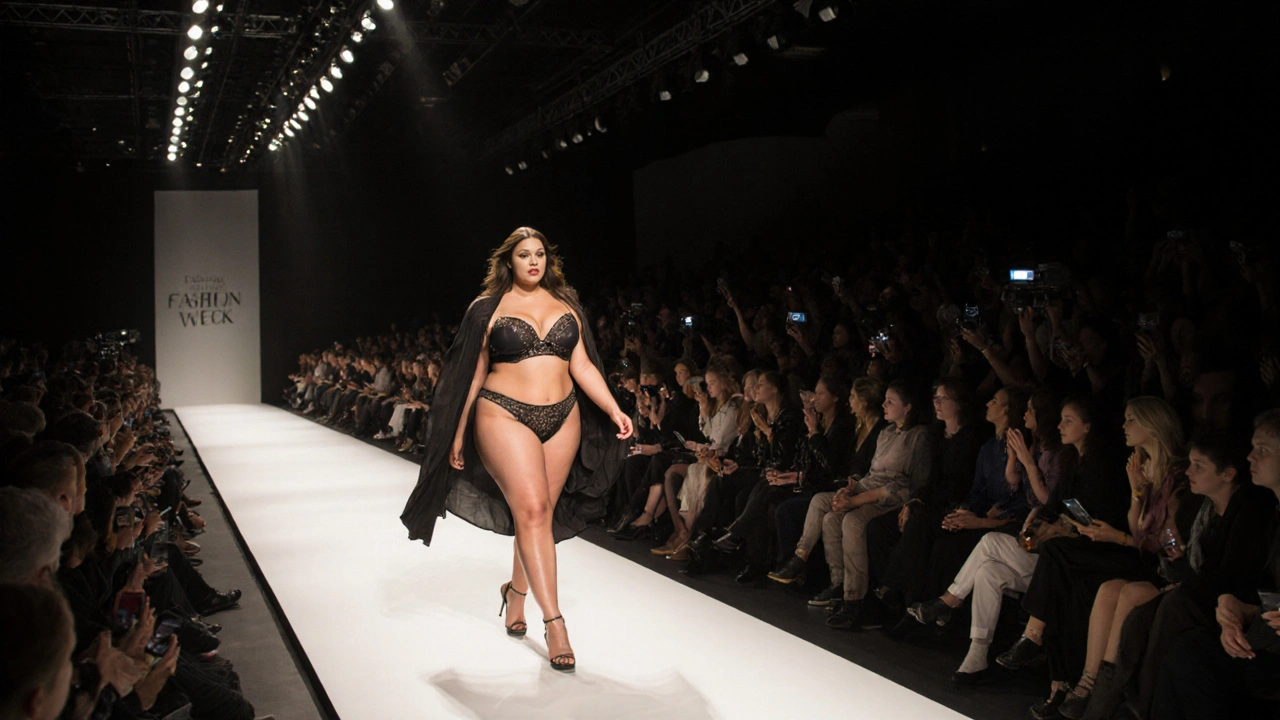
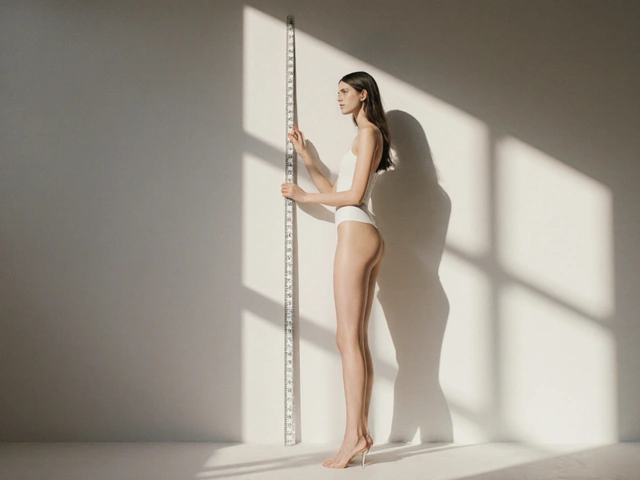
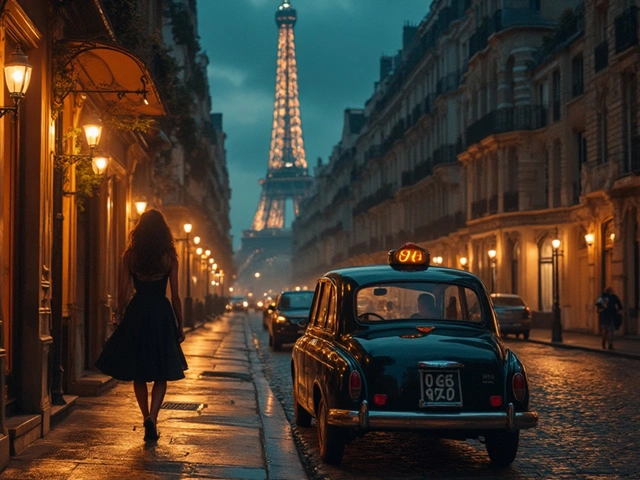

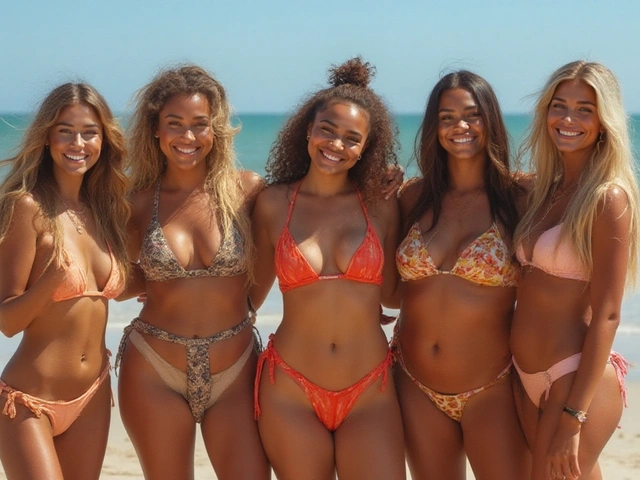
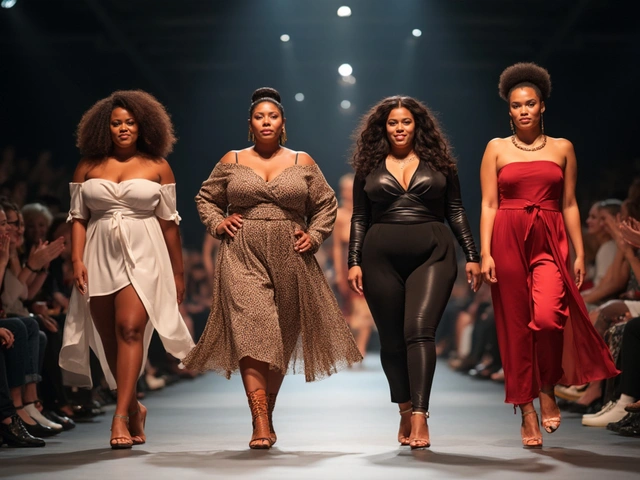
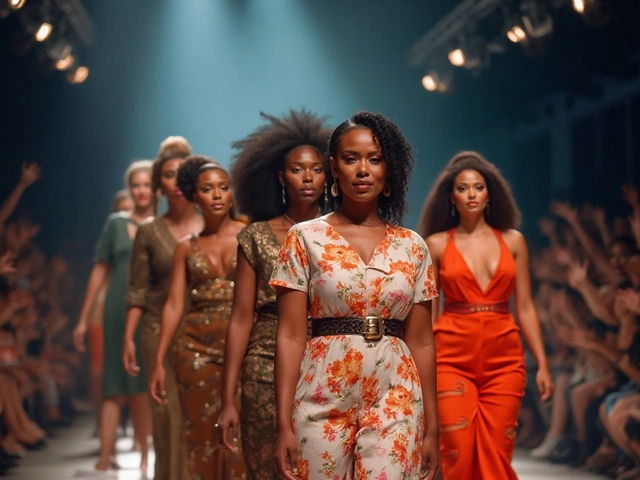
November 11, 2025 AT 04:20
M. D. Crosson
This is the most beautiful thing I’ve read all year-thank you for writing this! Every word matters, and every curve deserves to be seen!
November 12, 2025 AT 11:54
Janey Doe
Actually, the data on size ranges is slightly outdated. The industry now commonly defines plus-size as starting at US 12, but many agencies (especially in Europe) use UK 14 as the baseline. Also, ‘curvy’ isn’t a size-it’s a proportion. Important distinction.
November 13, 2025 AT 01:10
Pranav Brahrunesh
Let me tell you what’s really going on here-this isn’t about representation, it’s about corporate control. The same companies that told women to shrink for decades are now cashing in on ‘body positivity’ because they realized fat people have credit cards. They don’t care about you-they care about your wallet. And don’t get me started on how Instagram algorithms push these models to keep you addicted to self-loathing so you keep buying their ‘inclusive’ clothes. It’s all a trap. They want you to feel good enough to spend-but not good enough to stop buying. This whole movement was co-opted by Wall Street. Wake up.
November 14, 2025 AT 18:29
Lashawn Darden
Oh please, this is just woke propaganda dressed up as empowerment. You think a size 16 on a runway is ‘progress’? I’ve seen real diversity-real strength-in the military, in construction, in the rodeo. None of those places care about your waistline. You’re trading real grit for performative pixels. And don’t even get me started on Lizzo-she’s not a model, she’s a circus act. The fashion industry’s just trying to look woke while still charging $300 for a pair of jeans that don’t fit anyone over a size 10. Hypocrites.
November 16, 2025 AT 12:12
Pranto Rahman
From a data-driven perspective, the exponential growth in plus-size market penetration (CAGR 7.3% since 2018) is not merely a social phenomenon-it’s a structural market correction. The traditional fashion supply chain suffered from severe demand-supply misalignment, with over 60% of consumers falling outside the ‘standard’ size matrix. The rise of direct-to-consumer DTC brands like Savage X Fenty and Universal Standard has disrupted legacy retail by leveraging predictive analytics, customer co-creation, and AI-driven fit algorithms. This isn’t just inclusivity-it’s economic efficiency. The next frontier? Adaptive sizing powered by 3D body scanning tech. We’re not just talking representation-we’re talking scalable, data-backed human-centered design.
November 16, 2025 AT 13:20
Kara Bysterbusch
It’s nice that some women are getting attention. But let’s be real-most of these ‘models’ aren’t even attractive. They’re just… big. And the fact that people call this ‘beauty’ just shows how low standards have sunk. Also, why are we even talking about this? It’s not like anyone’s life is improved by seeing a woman in a swimsuit who looks like my aunt after Thanksgiving.
November 17, 2025 AT 13:54
Satpal Dagar
While I acknowledge the surface-level progress in visibility, the structural epistemology underpinning this so-called ‘body positivity’ movement remains deeply problematic. The commodification of corporeal diversity, mediated through neoliberal consumerist frameworks, merely reconfigures oppression under the guise of liberation. The industry still privileges Eurocentric aesthetics-even within ‘plus-size’ categories, the dominant archetype remains curvilinear, white, and heteronormative. Where are the disabled, the elder, the trans, the non-binary, the culturally diverse bodies? Where is the intersectional analysis? This is not revolution-it’s rebranding. And the fact that you’re celebrating this as ‘progress’ reveals your complicity in the very systems you claim to oppose.
November 17, 2025 AT 14:37
Aaron Lovelock
There is no evidence that exposure to plus-size models reduces eating disorders. In fact, multiple longitudinal studies indicate that increased exposure to idealized body types-even if ‘diverse’-can heighten body dissatisfaction among vulnerable populations. The University of Sussex study you cited has a sample size of 187 and was funded by a fashion coalition. Correlation does not equal causation. This narrative is dangerously oversimplified. The real issue is systemic mental health neglect, not fashion imagery.
November 19, 2025 AT 09:39
Alex Bor
I started posting my own photos last year. No filter. Just me. A size 16. A kitchen. Natural light. And guess what? Three brands reached out. Not because I’m perfect. Because I’m real.